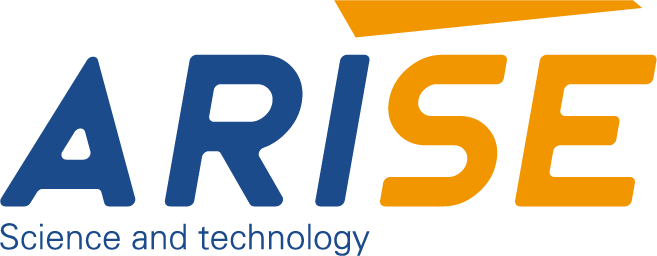How to Enhance Edge Detection of Web Guide with Vision Systems
In modern manufacturing and processing industries, ensuring a precise control over web materials such as paper textiles, films or strips of metal, is essential to ensure high-quality products and minimizing waste. Web guide systems are essential in continuously controlling and adjusting the lateral position of the materials while they are moving through machines. The key to the efficiency for these devices is the precision and dependability in edge detection. Thanks to the advanced vision systems, edge detection in web guiding is now more advanced than simple optical or traditional mechanical sensors, delivering greater precision, adaptability and robustness. This article delves into the ways in which vision systems can improve edge detection in web guide applications, the challenges and key considerations for the implementation of vision-based edge detection.
The Importance of Edge Detection in Web Guide
Edge detection refers to the method of identifying the exact boundaries of the material while it is moving through machines. The accuracy of detection is vital since any lateral shift or misalignment could cause problems like uneven coatings pattern, misprinted patterns or even wasted material because of cuts that are not in line with the specifications. Traditional web guide sensors, which include optical and mechanical types provide basic edge information, but frequently fail in terms of precision, adaptability, and environmental resiliency.
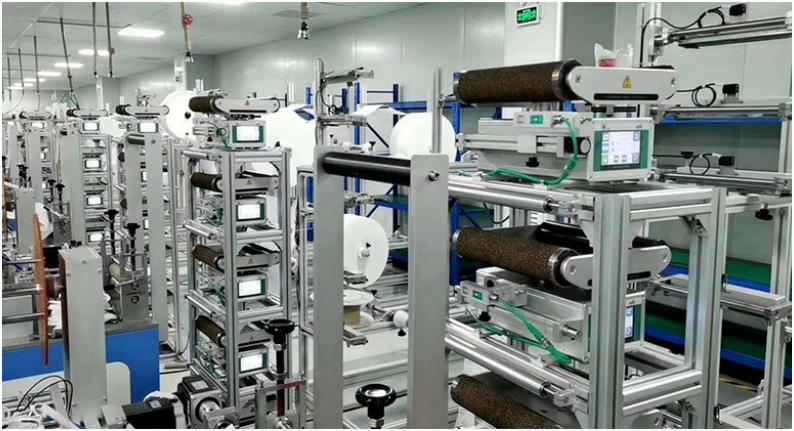
Limitations of Traditional Edge Detection Methods for Web Guide
| Limitation | Description |
| Sensitivity to Environmental Conditions | Sensors that are traditional, such as optical or mechanical types are impacted by moisture, dust, and variations in ambient light which can cause inconsistency in detection. |
| Limited Precision | Basic optical or mechanical contact sensors are often unable to detect the fine edge changes and this results in less precise web positioning. |
| The difficulty of complex Edges | Transparent, irregular, torn or spliced web edges can pose a challenge, frequently which can lead to missed or false detections. |
| Physical Contact Risks | Sensors with mechanical edges physically interact with the web, which can cause wear on the sensor and material, as well as destruction to delicate webs. |
| Limited Data Output | Traditional sensors usually provide the basic edge presence and absence signals, but do not provide precise edge profile information. |
| Maintenance and Wear | Mechanical components become worn over time, which requires periodic calibration and maintenance which could result in downtime. |
| Installation Constraints | Size and requirements for mounting could limit the placement of sensors and could interfere with the flow of web traffic or design of machines. |
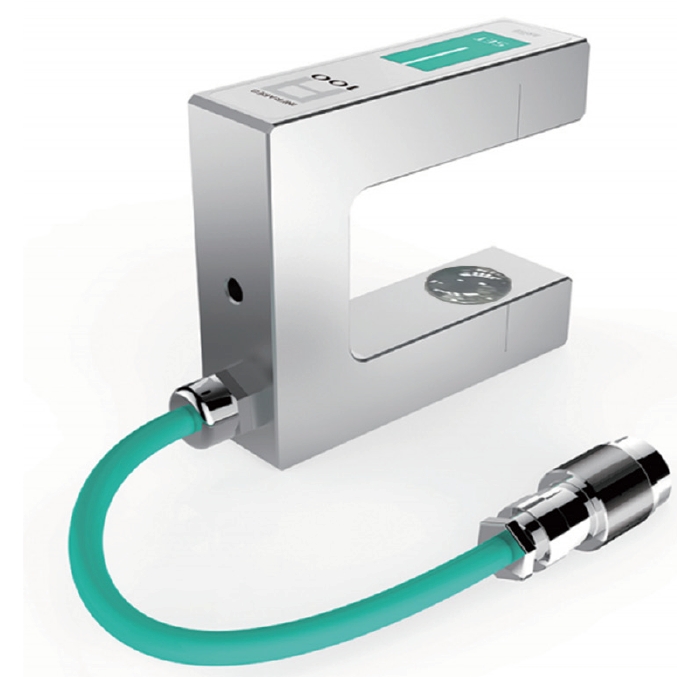
Key Components of Vision Systems for Improving Edge Detection of Web Guide
Vision systems are now the preferred method of improving edge detection due to their accuracy and flexibility.
1. High-Speed Cameras
The heart of every image system, is a camera. For web guide applications, high-resolution, high-speed cameras are necessary to capture sharp and continuous images of web edges in real-time. The camera’s frame rates must be sufficient to keep pace to the pace of moving web, and ensure that no abrupt changes in edge or shifts remain unnoticed. Resolution affects the smallest of details that can be observed which allows the camera to spot subtle irregularities on edges with sub-millimeter accuracy.
2. Lighting Solutions
Lighting is crucial for the successful implementation of edge detection using vision. The lighting system must create consistent, high-contrast lighting that clearly defines the edges of the web without creating reflections or shadows that may cause confusion for image processing algorithms. Based on the transparency of the material as well as reflectivity and texture various lighting techniques like diffuse lighting backlighting or LED line lights can be used. The ability to tailor the lighting method to the particular web material and its environment will greatly increase the accuracy of detection.
3. Advanced Image Processing Software
After the camera has captured images the sophisticated image processing software analyses these images to determine the exact position of the web’s edge. This software makes use of techniques such as edge enhancement and noise reduction, as well as adaptive thresholding as well as contour extraction, to determine and trace the boundaries of the web with precision. In advanced systems, machine-learning algorithms are incorporated to enhance the ability of the system to deal with difficult edge conditions, such as tears or holes and adjust to changes in environmental conditions.
4. Processing Hardware
For the analysis of high-resolution images at the highest frame rate, these systems depend heavily on processing equipment that is powerful. The hardware used includes dedicated processors or graphic processing units (GPUs) and embedded controllers for vision designed to speed up image processing. The processing unit makes sure the edge-detection data are produced in real-time and transmitted quickly to the web guiding control system, which allows immediate corrections.
5. Integration with Web Guide Control Systems
Vision systems are only efficient as its capability to transmit edge information to actuators that are guiding it. Integration seamless to the web guiding control system enables the edge information that is detected to be transformed into real-time lateral adjustments that the internet. A closed feedback loop can be essential for maintaining a consistent alignment of the web which reduces material waste and ensuring that the quality of the product remains constant.
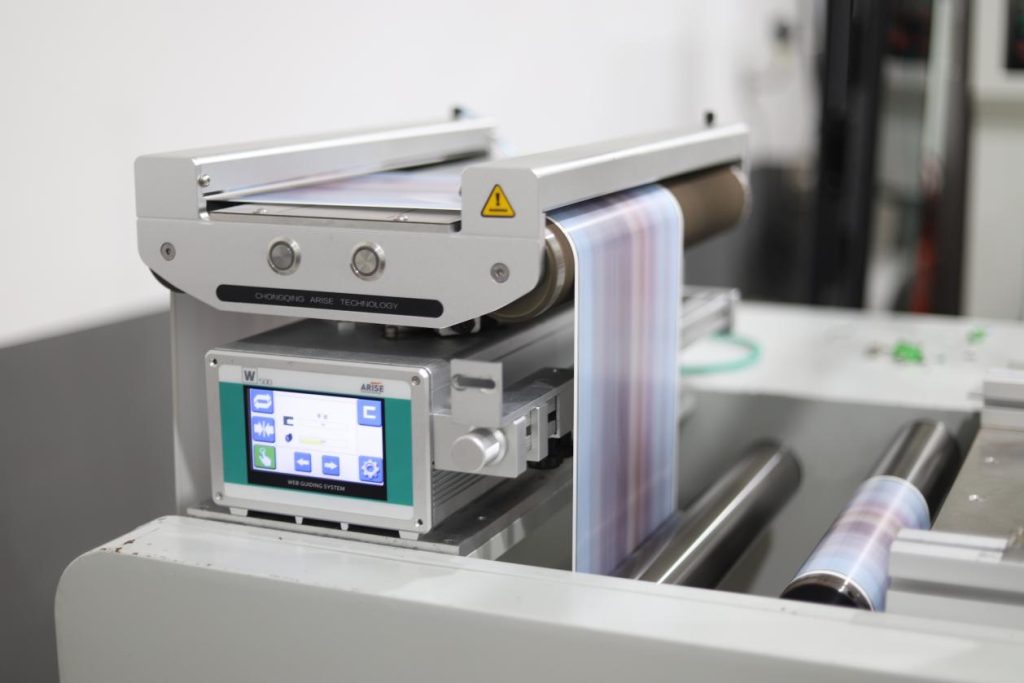
6. Environmental Protection and System Calibration
In industrial settings, vision components of the system must be shielded against moisture, dust and vibrations and temperature fluctuations to ensure their the system’s reliability. Furthermore, accurate calibration is needed to convert the camera’s coordinates to the physical location on the internet. Continuous calibration and environmental security measures guarantee longevity and reliability of the system.
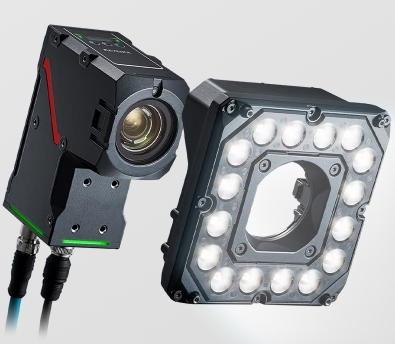
Advantages of Vision Systems Over Traditional Sensors for Improving Edge Detection of Web Guide
| Aspect | Traditional Sensors | Vision Systems | Advantages of Vision Systems |
| Detection Method | Contact with a mechanical device or a simple optical interruption | High-resolution camera images using software processing | Image analysis that is non-contact and detailed |
| Precision | Restricted by sensor resolution, and positioning | Precision sub-millimeter with high-resolution imaging | More precise, allowing for finer control |
| Adaptability | Sensitive to light, dust and humidity, or light. | Dynamic image processing adjusts to changes in surface or lighting | Reliable detection under varied environmental conditions |
| Complex Edge Handling | It is difficult to work with ragged, irregular or transparent edges | Capable of detecting intricate and irregular edges | Improved handling of real-world web edge conditions |
| Data Richness | The basic edge signal of presence and absence | Includes a complete dimensions, profile of edges and widths, defect and quality information | More in-depth information about process optimization |
| Maintenance | Calibration and mechanical wear are required. | Non-contact systems reduce wear and maintenance requirements | Longer lifespan and lower maintenance |
| Response Speed | Speedy, but restricted by the design of the sensor | High-speed, real-time image processing | Rapid and precise adjustments are possible. |
| Installation Flexibility | Physical mounting and positioning is required. | Flexible camera placement with no physical contact | Easy installation and less interference with web |
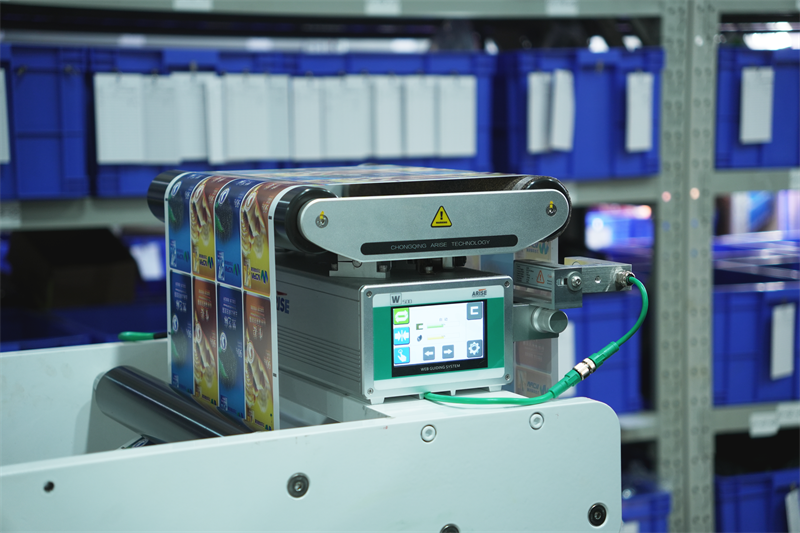
Challenges and Solutions in Implementing Vision-based Edge Detection for Web Guide
| Challenge | Description | Solution |
| Variable Lighting Conditions | The changes in light intensity shadows or uneven lighting can result in unreliable edge detection. | Make use of well-controlled and uniform lighting configurations like backlighting or LED line lighting and apply algorithmic image processing that adapts according to changes in lighting. |
| Reflections and Glare on Web Surface | Materials with reflective or glossy surfaces may cause glare and obscure the edges of photographs. | Utilize polarizing filters for cameras Optimize lighting angles so that reflections are less using image processing. identify and eliminate the effects of glare. |
| High-Speed Web Movement | Rapidly moving webs require speedy photo capture and processing to prevent lag in edge detection. | Utilize high-frame rate cameras and powerful real-time image processing equipment to ensure there is no delay between responding and detection. |
| Complex or Irregular Web Edges | Broken, spliced edge or uneven ones are hard for standard algorithms to identify precisely. | Develop advanced algorithms and machine-learning models that are trained to detect and manage intricate edge shapes with confidence. |
| Calibration Accuracy | In the absence of a precise calibration the map between the image’s pixels as well as web location is not accurate which can impact the control decision. | Perform a thorough calibration of the system Schedule regular calibration sessions to ensure accuracy of measurement in time. |
| Environmental Factors (Dust, Vibration, Moisture) | Industrial environments may introduce dust, vibrations, as well as moisture that can affect camera performance and image quality. | Secure equipment by installing industrial-grade enclosures. Install vibration damping mounts, and make sure to make sure that the enclosures are sealed properly and have proper environmental control. |
| Integration with Existing Control Systems | Issues of compatibility could occur between outputs from the vision system and the web guide control software or hardware. | Utilize standard protocol for communication (e.g. Ethernet/IP or Modbus) as well as collaborate with control system engineers to ensure seamless integration. |
| High Initial Cost and Complexity | Systems for vision can prove expensive and complicated to set up and can be a barrier for certain manufacturers. | Conduct thorough analysis of return-on-investment Start with pilot projects, and provide complete maintenance and training for operators to maximize the value. |
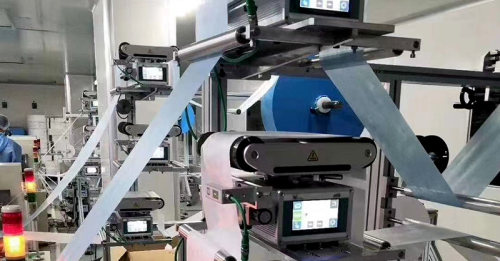
Final Thoughts
Vision systems are a revolutionary approach to improving edge detection in web guide applications. Their precision, adaptability and rich data capabilities result in enhanced web positioning control, higher product quality and reduced waste. Through addressing the limitations of traditional sensors and taking advantage of the full power of vision systems, manufacturers can achieve smarter, more reliable web guiding that is in up with the requirements of the modern manufacturing.
